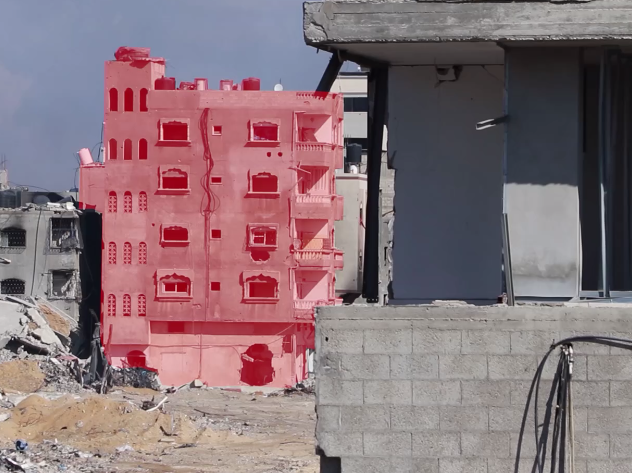Japanese company loses contact with lunar lander during mission to moon's surface
Ispace, a Japanese company, has lost contact with its small robotic spacecraft sent to the moon, indicating that it may have crashed into the lunar surface.

 Google News'te Doğruhaber'e abone olun.
Google News'te Doğruhaber'e abone olun. The Hakuto-R Mission 1 lander was expected to land in Atlas Crater, a feature in the northeast quadrant of the near side of the moon, but after the scheduled landing time, no signal was received from the spacecraft.
The CEO of Ispace, Takeshi Hakamada, announced that they could not confirm a successful landing and that the spacecraft may have crashed into the lunar surface.
The Ispace lander was intended to be the first step towards a new era of space exploration with private companies and research institutions sending experiments and cargo to the moon.
The spacecraft launched in December and took an energy-efficient path to the moon, entering lunar orbit in March.
In 2018, NASA launched the Commercial Lunar Payload Service Program in an effort to make instrument and equipment transportation to the moon cheaper by purchasing rides on private spacecraft instead of building its own vehicles.
The program was also designed to promote a new commercial industry around the moon, with competition between lunar companies expected to drive down costs. However, NASA has yet to achieve much success with the program.
Astrobotic Technology of Pittsburgh and Intuitive Machines of Houston, the first two missions under the program scheduled for later this year, are significantly delayed, and some of the companies NASA had chosen to bid for CLPS missions have already gone out of business. (ILKHA)



















































